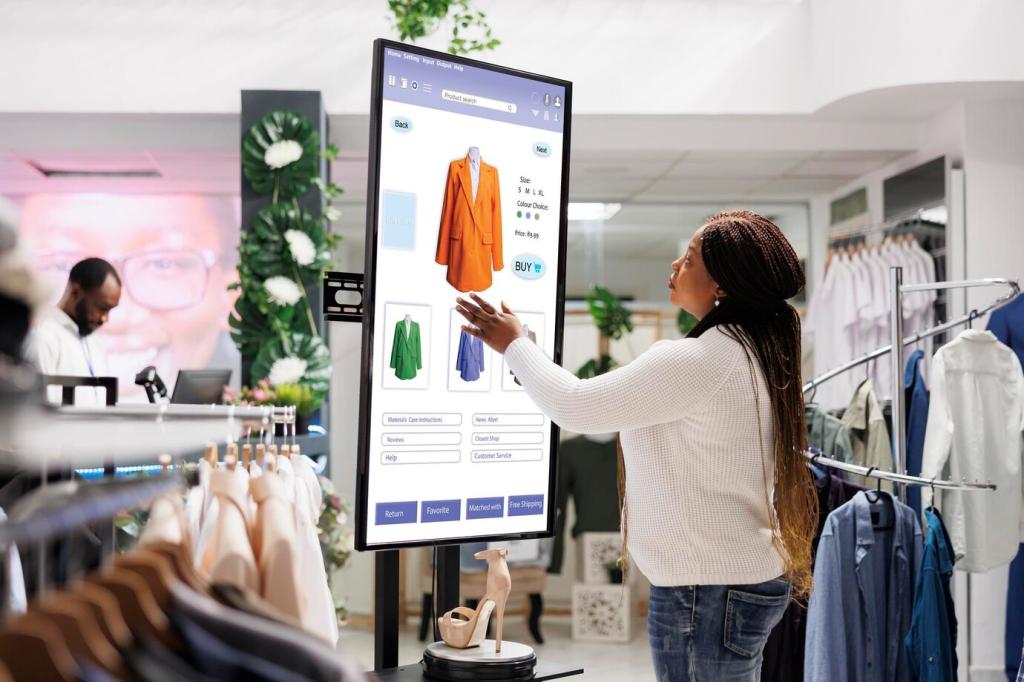
Predictive Analytics for Sales Forecasting in E-commerce
Chosen theme: Predictive Analytics for Sales Forecasting in E-commerce. Step into a practical, inspiring guide where data becomes foresight, forecasts become confident decisions, and your online store turns uncertainty into momentum. Subscribe for weekly insights and share your forecasting wins.



Data Foundations That Keep Forecasts Honest
Granularity and aggregation choices
Forecasting at SKU, location, and day requires careful aggregation. Too granular and noise dominates; too coarse and decisions blur. Start with high-velocity SKUs daily, long-tail weekly, then refine after measuring accuracy by segment.
Enrichments that actually move the needle
Holiday calendars, promotions, inventory availability, competitor prices, weather, and influencer drops often explain volatility. Record them as features with correct timing so models learn causal patterns rather than hindsight-perfect clues.
Avoiding leakage and cold-start pitfalls
Keep future information out of training windows, track first-availability dates, and tag assortment changes. For new products, borrow signals from similar SKUs using embeddings or attribute clusters to stabilize early forecasts.
Modeling Approaches That Earn Trust
Begin with seasonal-naive, moving average, and classical time series baselines to set a floor. These quick checks reveal seasonality, trend strength, and whether complex models are actually adding business value.

Evaluation That Mirrors Real Decisions

Time-aware validation
Use rolling-origin backtests that honor chronology. Each fold simulates training on the past and forecasting the next horizon, capturing drift, seasonality, and promotion-heavy periods without contaminating training data.

Metrics aligned to cost reality
Complement MAPE or WAPE with quantile loss and bias analysis. Under-forecasting costs stockouts and reputation; over-forecasting ties cash in inventory. Weight errors by margin and lead time to reflect true business impact.

Decision-level simulation
Plug forecasts into replenishment rules and simulate service levels, holding costs, and markdowns. Share your current decision rules in the comments, and we will suggest a testing plan you can run next sprint.
From Notebook to Production: Making Forecasts Actionable
Reliable data and features
Automate ingestion from your commerce platform, ads, and pricing tools. Version datasets, track feature lineage, and monitor freshness to prevent silent drift. Feature stores help ensure today’s training matches tomorrow’s serving.


